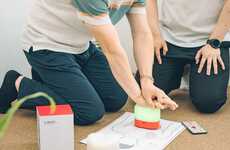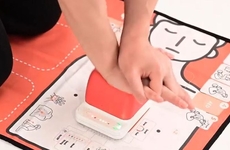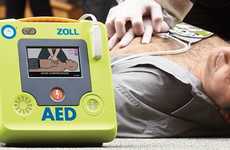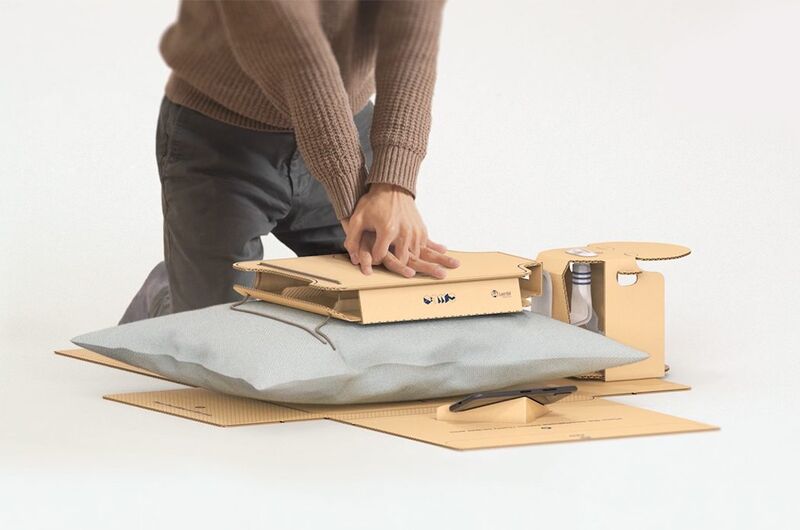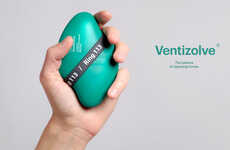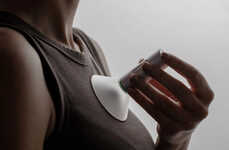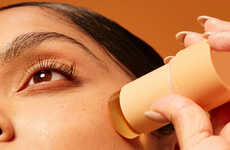
The Sustainably Made CANNE CPR Kit is Low-Cost and Self-Directed
Elena Rahman — June 7, 2021 — Lifestyle
References: shuailidesign & yankodesign
The CANNE CPR Kit is designed to raise the survival rate of out-of-hospital cardiac arrests. This effective and self-directed CPR learning solution replaces the need for training mannequins and qualified instructors, thereby reducing the cost of learning the lifesaving skill.
CANNE provides a sustainable and accessible design. The kit features two main components. The first is the corrugated cardboard Basic Life Support (BLS) learning kit, which allows people to learn, practice, and upgrade their CPR skills. In addition, it provides information on cardiac arrest identification, chest compressions, and ventilation.
The second component is a self-directed smartphone app, which works by enhancing the learning experience through mock cardiac arrest scenarios. The app also provides real-time feedback on the lifesaver's CPR skills.
Image Credit: Yanko Design
CANNE provides a sustainable and accessible design. The kit features two main components. The first is the corrugated cardboard Basic Life Support (BLS) learning kit, which allows people to learn, practice, and upgrade their CPR skills. In addition, it provides information on cardiac arrest identification, chest compressions, and ventilation.
The second component is a self-directed smartphone app, which works by enhancing the learning experience through mock cardiac arrest scenarios. The app also provides real-time feedback on the lifesaver's CPR skills.
Image Credit: Yanko Design
Trend Themes
1. Self-directed Lifesaving Kits - The trend of creating self-directed CPR kits could revolutionize CPR training and increase survival rates for out-of-hospital cardiac arrests.
2. Sustainable and Accessible Design - Designing sustainable and accessible CPR kits could make lifesaving skills more widely available and affordable.
3. Incorporating Smartphone Apps Into CPR Training - Including smartphone apps to provide real-time feedback during CPR training could improve the effectiveness of CPR education and increase survival rates.
Industry Implications
1. Healthcare Industry - The healthcare industry could benefit from the development of low-cost, self-directed CPR kits that make lifesaving skills more accessible.
2. Education Industry - The education industry could explore the potential of replacing traditional CPR training methods with self-directed, low-cost CPR kits to increase efficiency and accessibility.
3. Technology Industry - The technology industry could capitalize on the trend of using smartphone apps to enhance CPR training by developing new and innovative apps for this purpose.
3.9
Score
Popularity
Activity
Freshness


